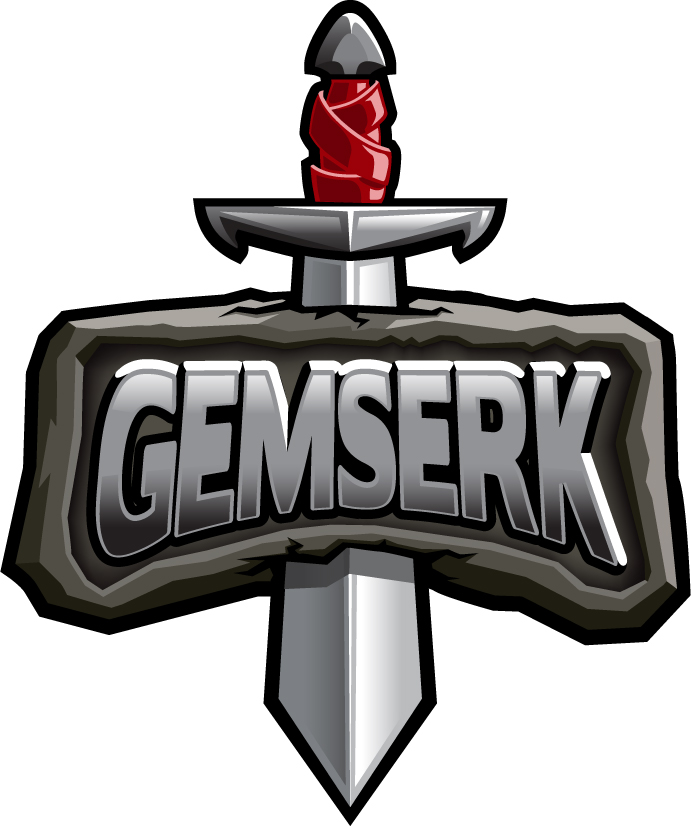Simplifying building bodies and joints with libGDX Box2D
In almost all of our latest games we are using libGDX as our main game library. As it comes with a wrapper of well known physics library Box2D, we are using it as well.
Some times when creating a Box2D body, you have to initialize a lot of stuff, you have to create a BodyDef and a FixtureDef and then create the Body with the BodyDef, after that create the fixture on the body using the FixtureDef, it could be a bit confuse.
The next code snippet shows an example of that:
BodyDef bodyDef = new BodyDef(); FixtureDef fixtureDef = new FixtureDef(); bodyDef.type = BodyType.StaticBody; bodyDef.bullet = false; // ... more stuff Shape shape = new CircleShape(); shape.setRadius(radius); fixtureDef.shape = shape fixtureDef.friction = 1f; // ... more fixtureDef stuff Body body = world.createBody(bodyDef); body.createFixture(fixtureDef);
To improve this a bit, I have created a BodyBuilder which lets you build Box2D physics bodies in less code lines.
The following code snippet shows an example of using the BodyBuilder:
Body body = bodyBuilder .mass(1000f) .circleShape(radius * 0.1f) .position(x, y) .restitution(0f) .type(BodyType.StaticBody) .categoryBits(MiniPlanetCategoryBits) .build();
As you can see, it looks smaller and cleaner. However, it has the limitation (because I was lazy when I did the class) it works for only one fixture def, if you want to build a complex body that will be a problem.
There is also a similar builder for Joints named JointBuilder but it is just started.
The following code snippet shows an example of using the JointBuilder:
Joint joint = jointBuilder.distanceJoint() .bodyA(bodyA) .bodyB(bodyB) .collideConnected(false) .length(1.5f) .build();
If you are using libGDX Box2D as well, both classes could be of help despite they are incomplete.
